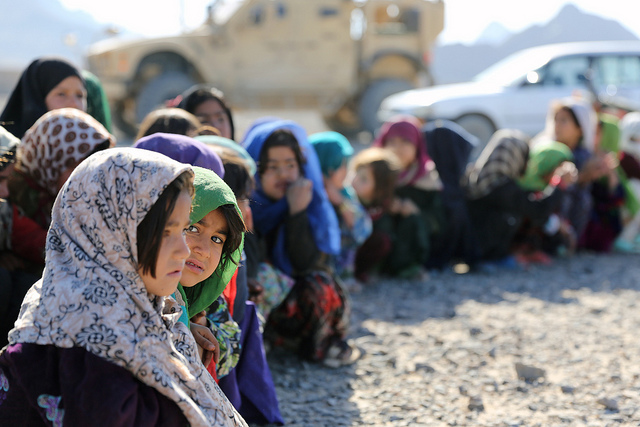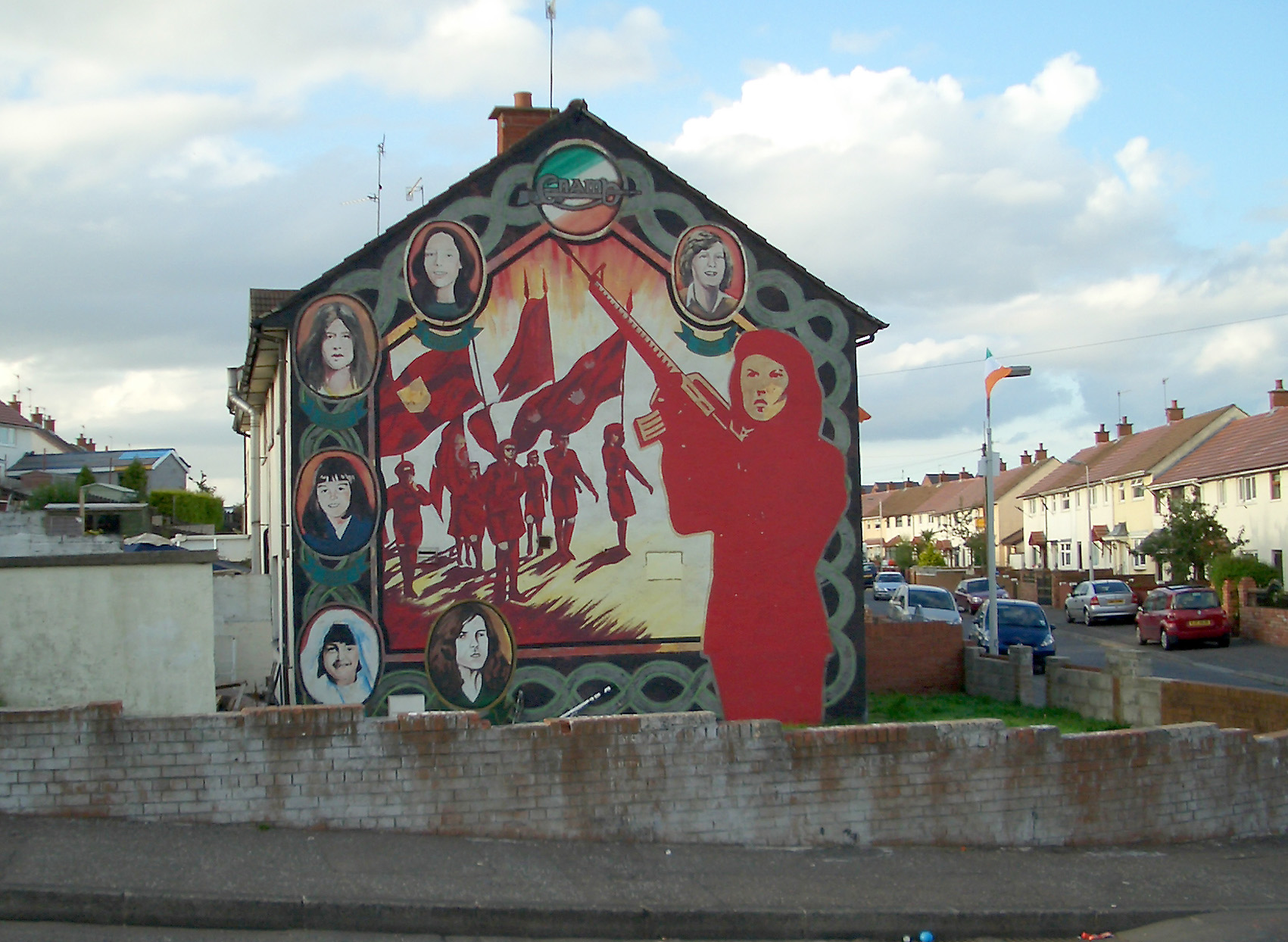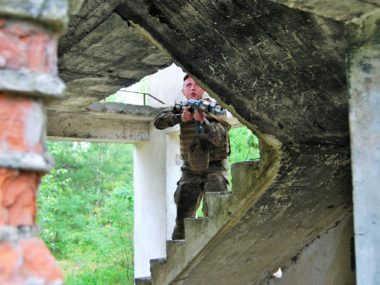Guest post by Reed M. Wood

Most of us like to believe that, as in the movies, the team that fights dirty usually loses — and not only loses but gets what’s coming to them. We would prefer to believe that this is the case in war as well. Our sense of justice insists that groups that employ brutality and terror against civilians should not be rewarded with concessions and should certainly not prevail in their fight. After all, groups that employ such tactics sacrifice their moral legitimacy, and illegitimate groups shouldn’t win, right? Similarly, besieged governments typically insist that they will not cave to threats and violence from terrorists and thugs — Ronald Reagan famously stated in the 1980 presidential debates that there would be “no negotiation with terrorists of any kind”. But is this what actually happens during violent internal conflicts? Do the bad guys lose — as we would like — or do their underhanded tactics pay off by forcing concessions from state leaders?
Two recent studies present similarly unfortunate findings that suggest that the bad guys often do better than we would like. Specifically, these analyses provide evidence that insurgent groups that rely on terror and other forms of civilian targeting are actually more likely to achieve their political goals — at least up to a point.
In the first study, forthcoming in the British Journal of Political Science, Jacob Kathman and I employ a bargaining framework to examine the impact of civilian targeting by insurgent groups on the outcomes of post-Cold War African insurgencies. Our argument focuses on the manner in which civilian targeting imposes costs on the regime and signals insurgent resolve. Importantly, we consider the uneven distribution of costs imposed by civilian targeting.
Attacks on civilians, we argue, hurt the state more than the rebels — even where the rebels are the ones committing most of the violence. In part, this occurs because maintaining order is central to the state’s victory whereas disorder, instability, and the erosion of state control directly benefit insurgents. When insurgents rely on civilian victimization, they impose significant costs on the state and send credible signals about their willingness to continue fighting a long, costly, and brutal war. The effect is that governments are increasingly likely to make concessions to violent groups, thus permitting the group to attain some of its political goals.
Our statistical results suggest that where rebels target civilians in large numbers, the conflict is more likely to end in a negotiated settlement. Importantly, however, we find that at particularly high levels violence against civilians produces diminishing marginal returns. In fact, victimization may become counterproductive when the rate of intentional killings approaches thousands of civilians per month. Fortunately, that magnitude of intentional killing is quite rare. Regardless, our results suggest that until this particularly high threshold value is exceeded, civilian targeting helps insurgents attain their political objectives.
In a second study, forthcoming at the American Journal of Political Science, Jakana Thomas reaches a similar conclusion about the relationship between civilian targeting and regime concessions. Relying on a unique dataset on rebel-government negotiations during African conflicts, she finds that insurgent groups that more frequently resorted to terrorism were more likely to be invited into negotiations with the regime and more likely to receive significant concessions from the regime. Again, violence against civilians appears to pay dividends.
These studies, which rely on similar analytical frameworks but different data sources, suggest that attacks on civilians often improve the bargaining positions of the groups that employ them. Their arguments and findings mesh with previous strategic theories of terrorism, which view violence against non-combatants as instrumental in nature.
It is worth noting, however, that a healthy debate is emerging over the impact of terror and civilian victimization on conflict outcomes. This debate is important for two reasons. First, it overlaps an ongoing debate about the motives for terror. Findings such as those presented here support the rationalist view by providing evidence that violence helps groups achieve their political or military objectives. As Arendt articulated, violence is rational to the extent that actors believe it further their goals. On the other hand, contrary findings that suggest terrorists typically don’t win have been used to support the claim that such violence is often employed non-strategically, or at least is intended to promote non-political objectives. Understanding the impact of civilian targeting on conflict negotiations and eventual war outcomes can help shine a light on the underlying motives for such activities.
Second, a greater appreciation of the perceived incentive structure of violent groups should help guide policymaking. If insurgents employ terrorism in a non-strategic manner, then these behaviors may not be particularly relevant to the bargaining process. In this case, raising the costs of terrorism, reducing its impact on civilians, or making concessions to the group may do little to deter its use. On the other hand, if such violence is explicitly intended to shape the bargaining process, policymakers should be aware that an unwillingness to negotiate with “terrorists and thugs” might increase the frequency of attacks on civilian targets rather than deter future attacks. The question then becomes how best to reduce the political utility of terrorism. In any case, scholars of political violence may wish to devote greater attention to how (or if) civilian victimization impacts the trajectory of conflict rather than focusing exclusively on why groups employ it.
Reed M. Wood (PhD, University of North Carolina, Chapel Hill) is assistant professor in the School of Politics and Global Studies at Arizona State University. His research interests include political violence, human rights, insurgency, and peacekeeping. He also co-manages the Political Terror Scale (PTS).






3 comments
Could it be explained by general differences in Africa compared to South America, Europe and Asia?